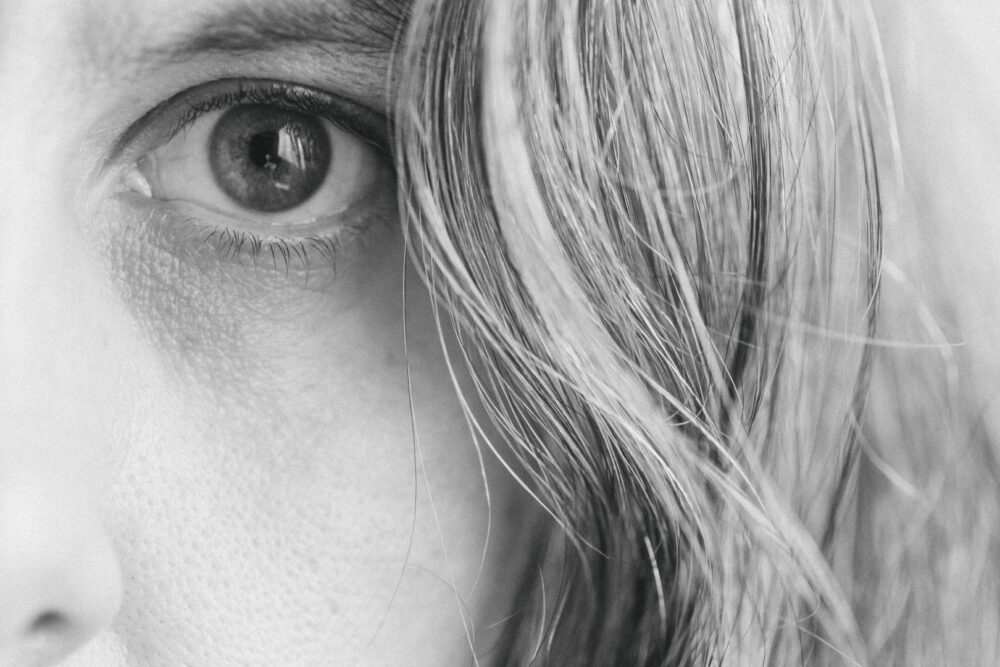Self-portraiture holds a significant place in the history of art and creative expression. From early painters including Rembrandt and Van Gogh to photographers such as Edward Steichen, Cindy Sherman and Vivian Maier, capturing one’s own likeness is a practice that many artists have experimented with over the years.
When it comes to photography, self-portraiture offers many benefits that go beyond the photographs themselves. I personally have been taking self-portraits for almost a decade now, across a range of styles, techniques, and with different reasons and motivations and still find it to be one of the strongest practices I have in my creative toolkit.
Whether you are someone who has never shot a self-portrait, or you’ve already discovered some of the benefits and want to explore deeper, below are some of the ways that stepping in front of the lens can enhance your creative expression.
Self-Portraits as Therapy
For many photographers, self-portraiture is an act of therapy, providing a means of exploration, as well as a way to work through emotions and situations. The practice itself is the key here, rather than the end result which means it provides value, even if you don’t come away with a killer shot. For me it often feels similar to meditation, allowing myself to focus fully on the present task helps quieten the other noise in my head and I find myself in somewhat of a flow state (that magically elusive feeling that makes creating feel effortless and beautiful). Other times, it’s an act of emptying out, like having a good cry and releasing things that you may not even have been aware you were carrying.
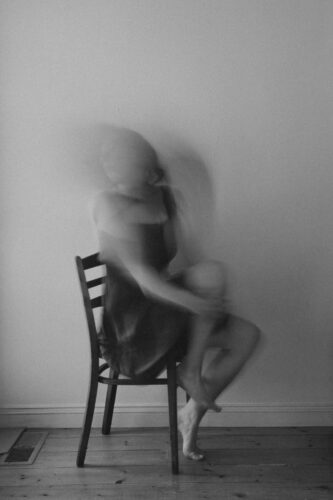
Using Your Body for Deeper Creative Expression
Your body is one of the strongest creative tools you have. By stepping in front of the camera, you allow yourself to embody the expression you are trying to convey, letting your movement tell the story. Through this, you can infuse images with a deep sense of authenticity, intimacy and alchemy. Self-portraits allow artists to literally and physically delve into their emotions and experiences.
Practice for Working with Models
Shooting self-portraits can serve as valuable practice for photographers who work with models or clients. By stepping in front of the camera yourself, you gain firsthand experience into what particular poses, movement and prompts feel like and how to describe them to someone else, allowing you to better communicate and collaborate with other subjects.
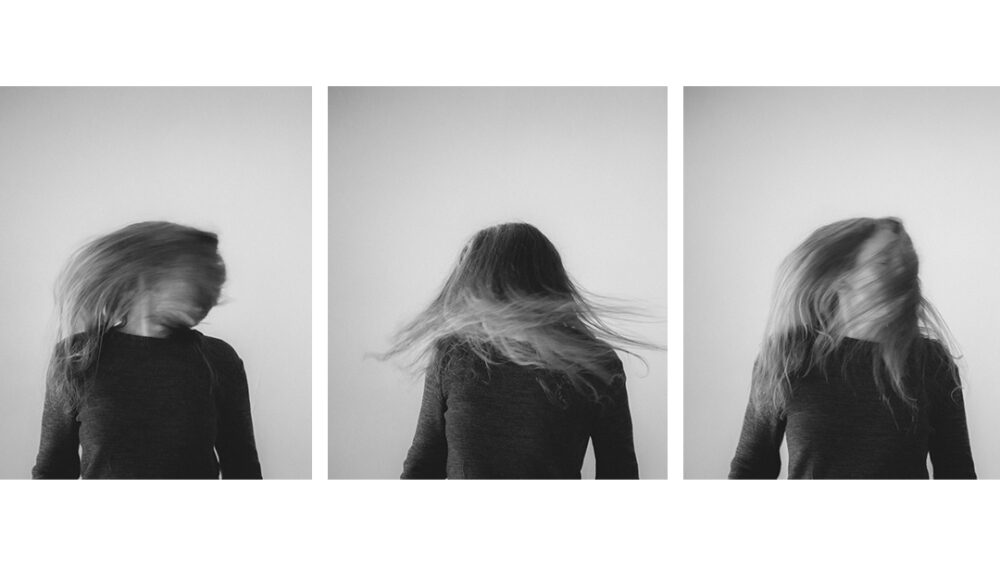
Convenience
Francesca Woodman once said of her self-portrait photography “It’s a matter of convenience, I’m always available”. As someone who works very quickly from a burst of inspiration into execution before the spark is lost, not having to rely on anyone else to create an image is invaluable. My own creative process is also very introverted – when I shoot I’m in my own space. I have worked with models and assistants before, and with the right people it’s a fantastic collaborative experience, but the ability to work entirely alone means creativity can be accessed on your own terms.
Control over the Creative Process
Relating to the point above, working autonomously allows a photographer to maintain complete control over every aspect of the image-making process, from concept to execution. This level of creative independence allows an artist to bring their vision to life exactly as they envision it, without outside influence.
Exploration of Identity and Self-Representation
Self-portraiture offers a platform for exploring both the way we see ourselves and the way we present ourselves to others. As a tool for self-discovery, shooting self-portraits allows us to examine and define our own sense of self and find our own voice, while also offering the opportunity to explore and challenge existing stereotypes and narratives of identity and appearance.
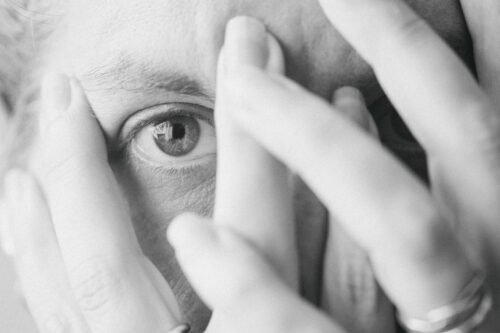
Documentation of Personal and Creative Growth
Over time, an ongoing self-portrait practice can act as a visual record of growth, transformation, and evolution. Looking back at past work will always provide a roadmap of an artist’s creative and technical development, but self-portraits also allow for documentation of personal growth as an individual.
Experimentation with Techniques and Styles
Self-portraiture provides the opportunity to experiment with new techniques, styles, and approaches in a low-pressure environment, taking your time to play and work things out. Whether this becomes a test ground for future work with models or clients or just a safe space to try new things it allows for greater creative growth.
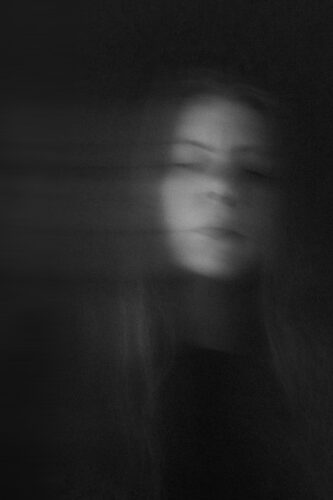
Connection
I’ve mentioned self-portraits as a tool for introspection and self-exploration, but putting yourself in front of the camera can also be a method of connecting with others. By revealing vulnerabilities, emotions, and personal narratives through images, we can create meaningful connections with viewers who resonate with our ideas, experiences and perspectives.
Preservation of Memories
Self-portraiture can serve as a form of visual diary, documenting moments, emotions, and memories. Often as photographers, we are absent from images due to being behind the lens and taking the time to make sure we are also included in photographs, to remember that we were there too, is important.
The value of shooting self-portraits extends beyond just taking a photo of yourself. It offers a multifaceted practice of self-expression, artistic growth, and technical refinement. Self-portraits may be something you only experiment with occasionally, or they may become an integrated part of your work that you revisit regularly. However you choose to use them, shooting self-portraits is something that can enhance any artistic or personal practice.
